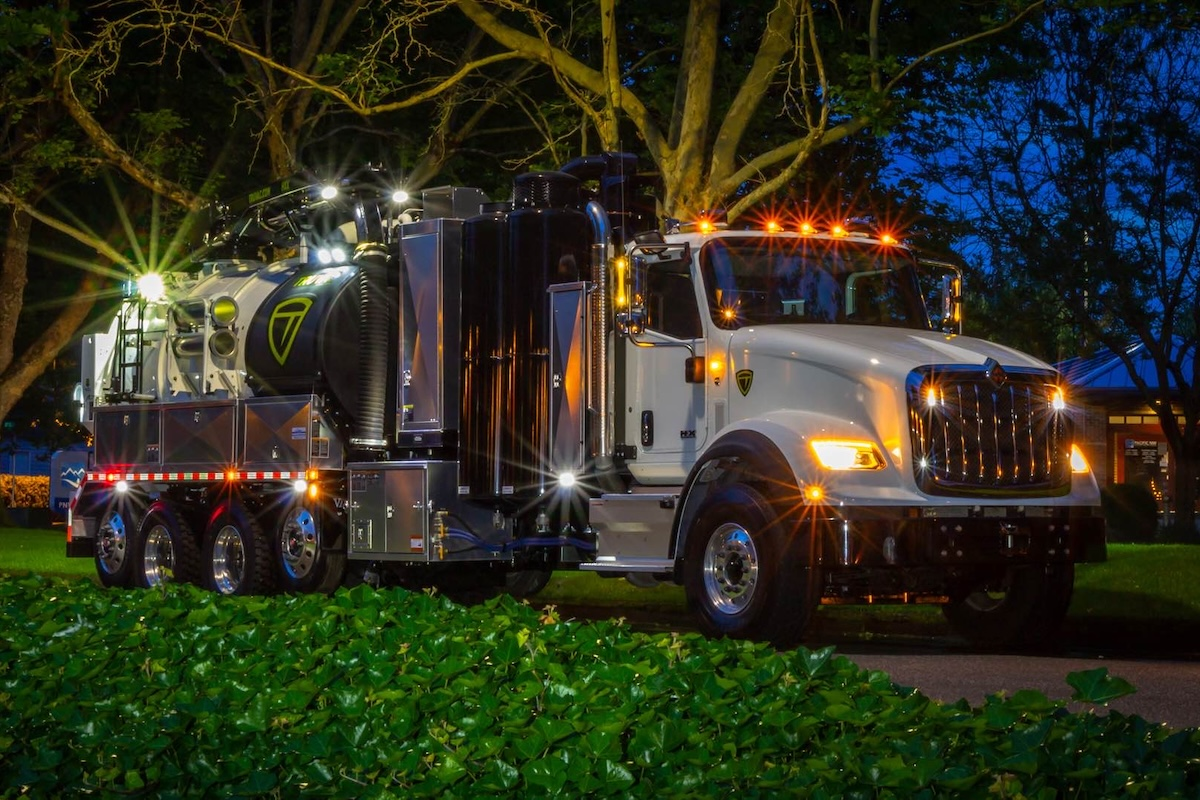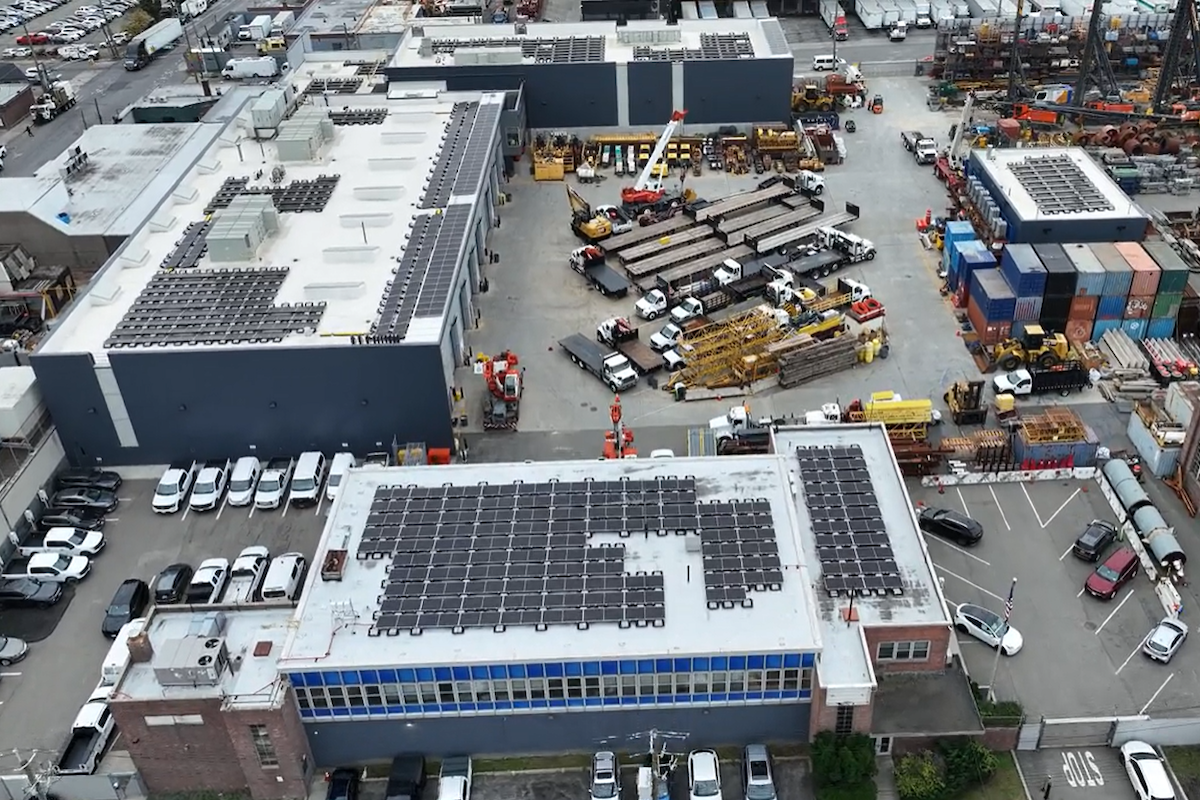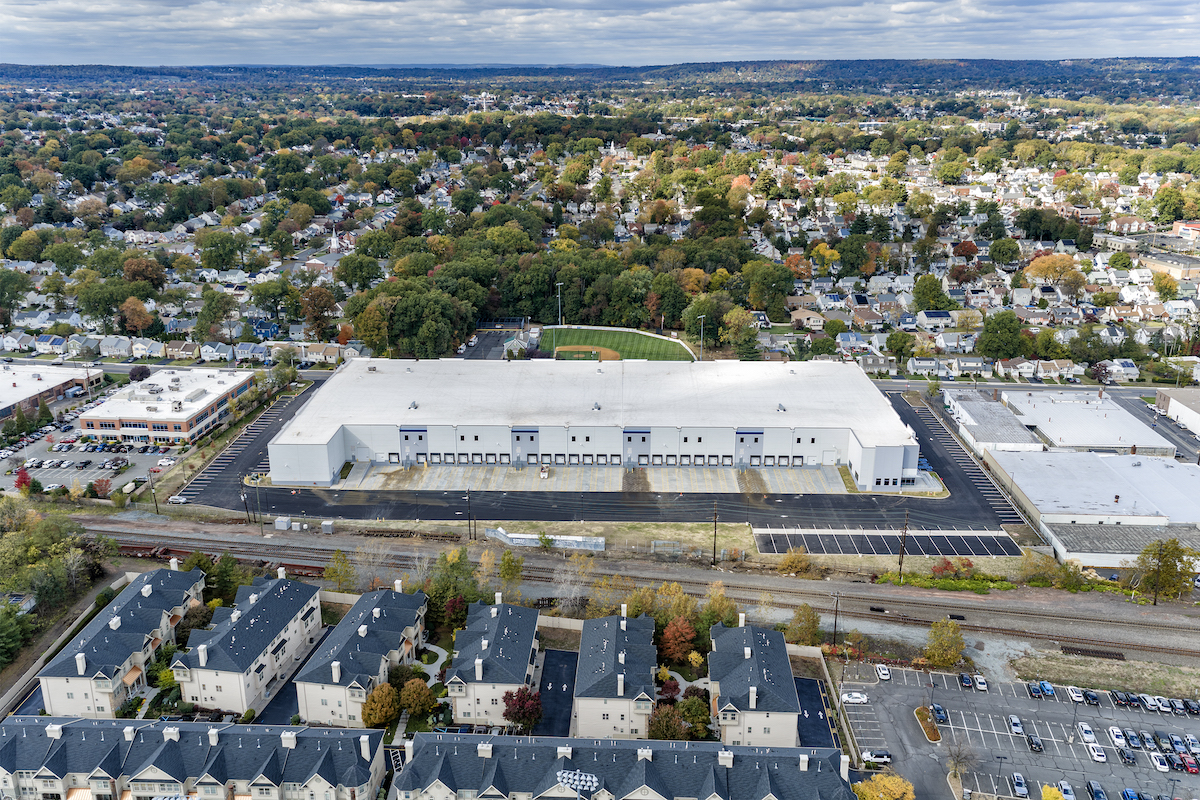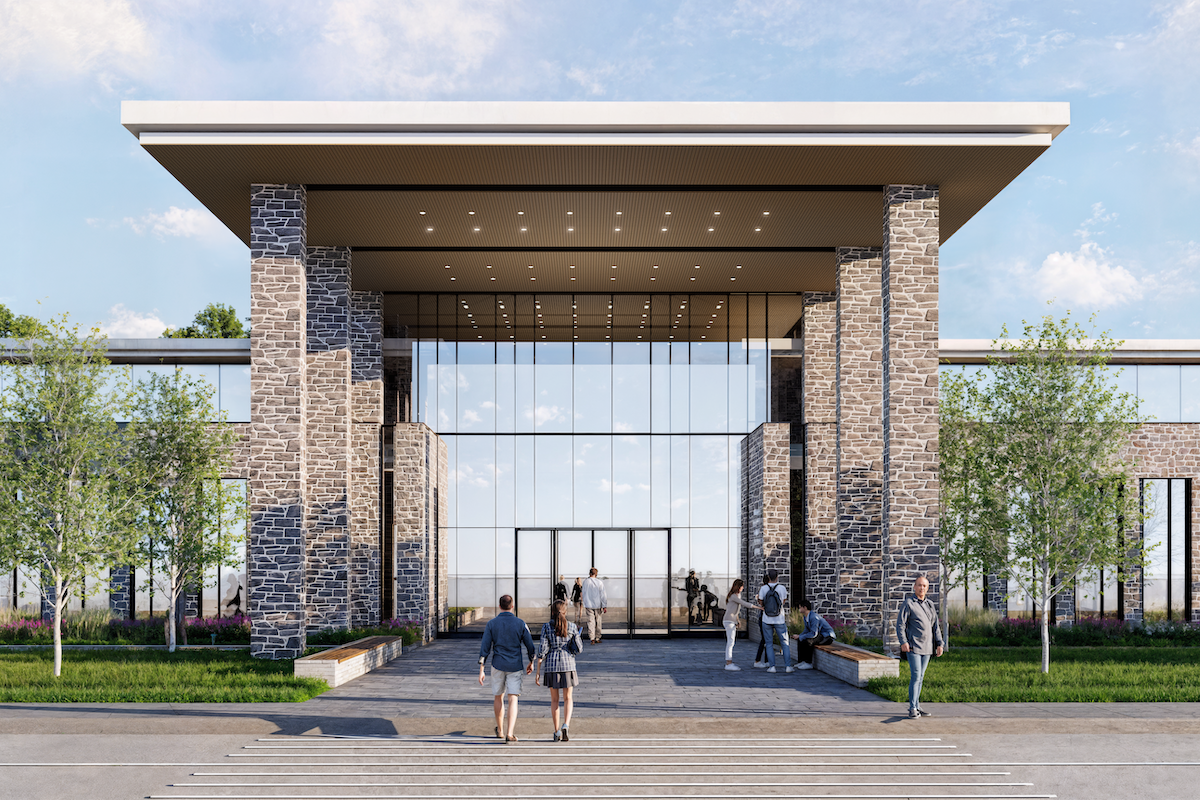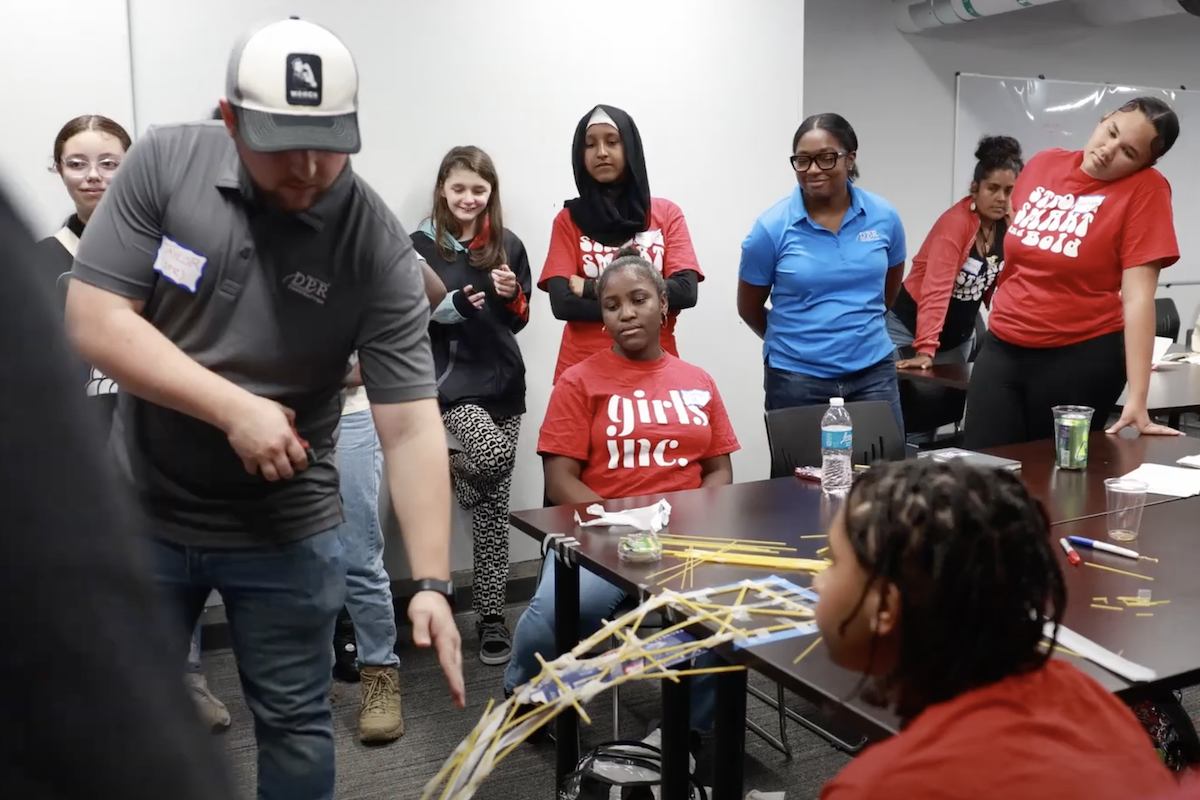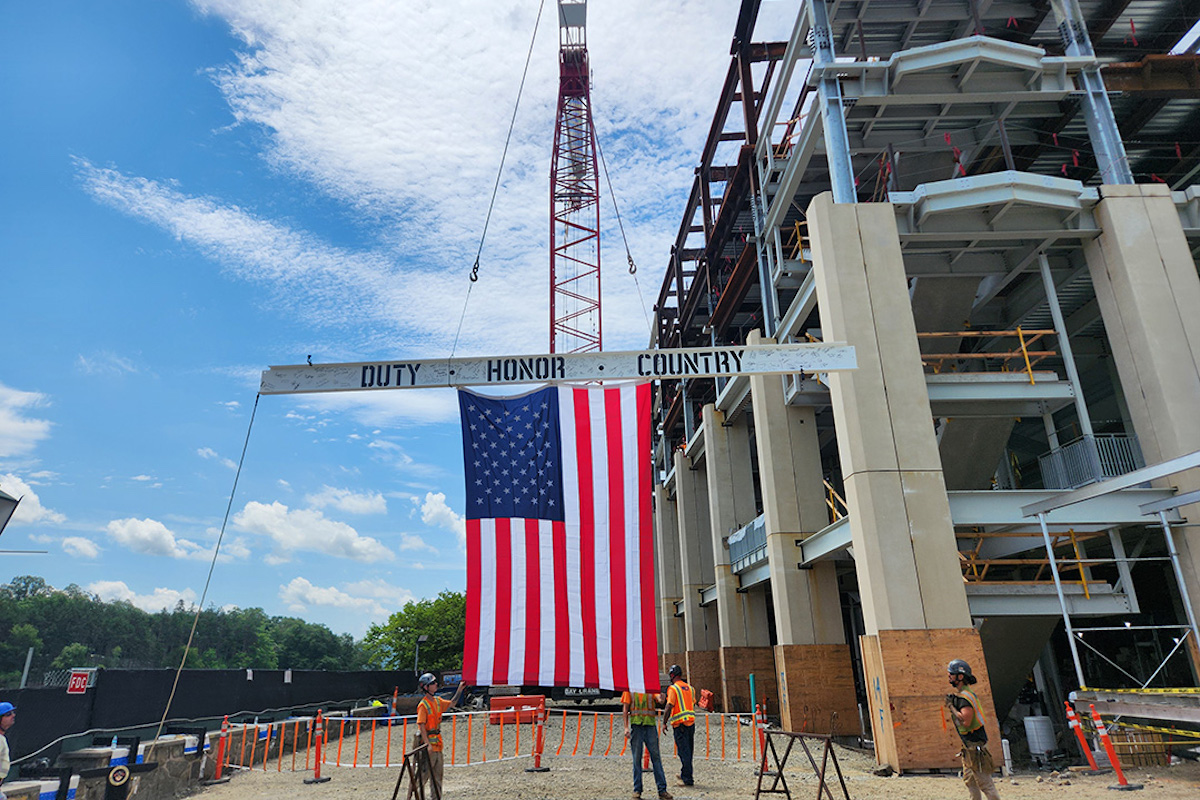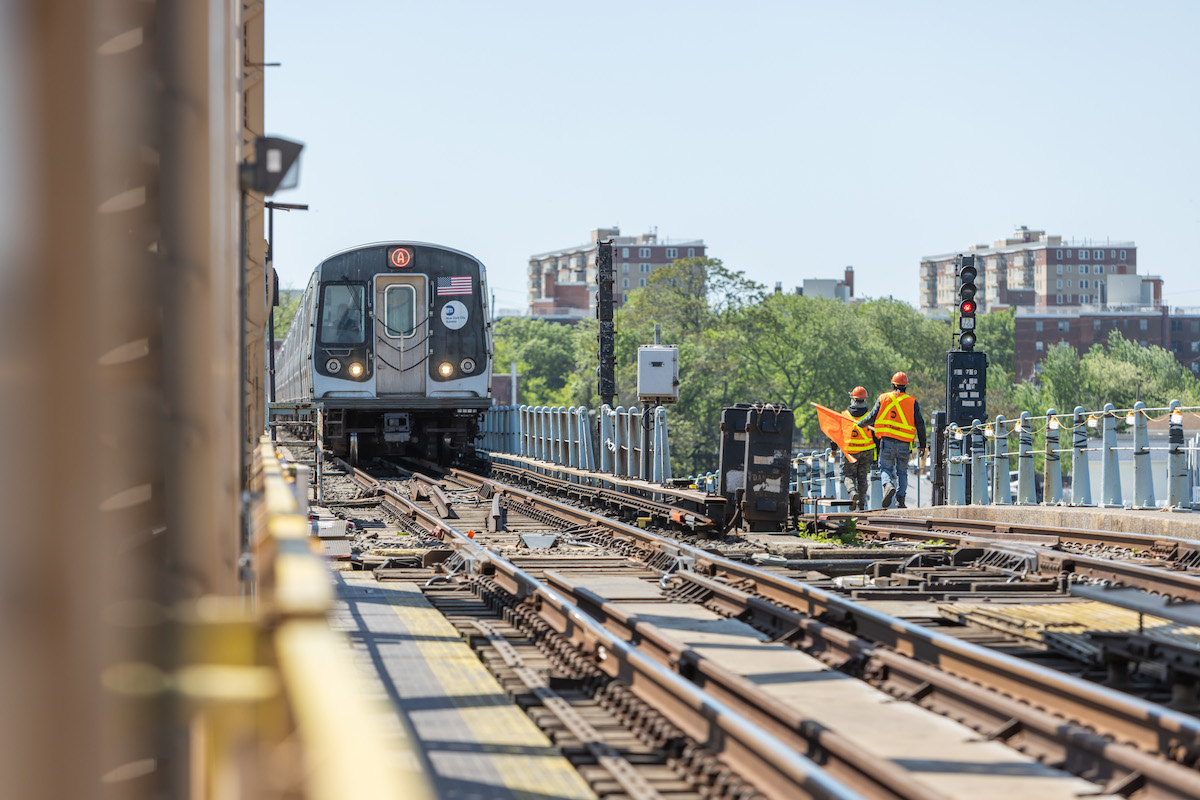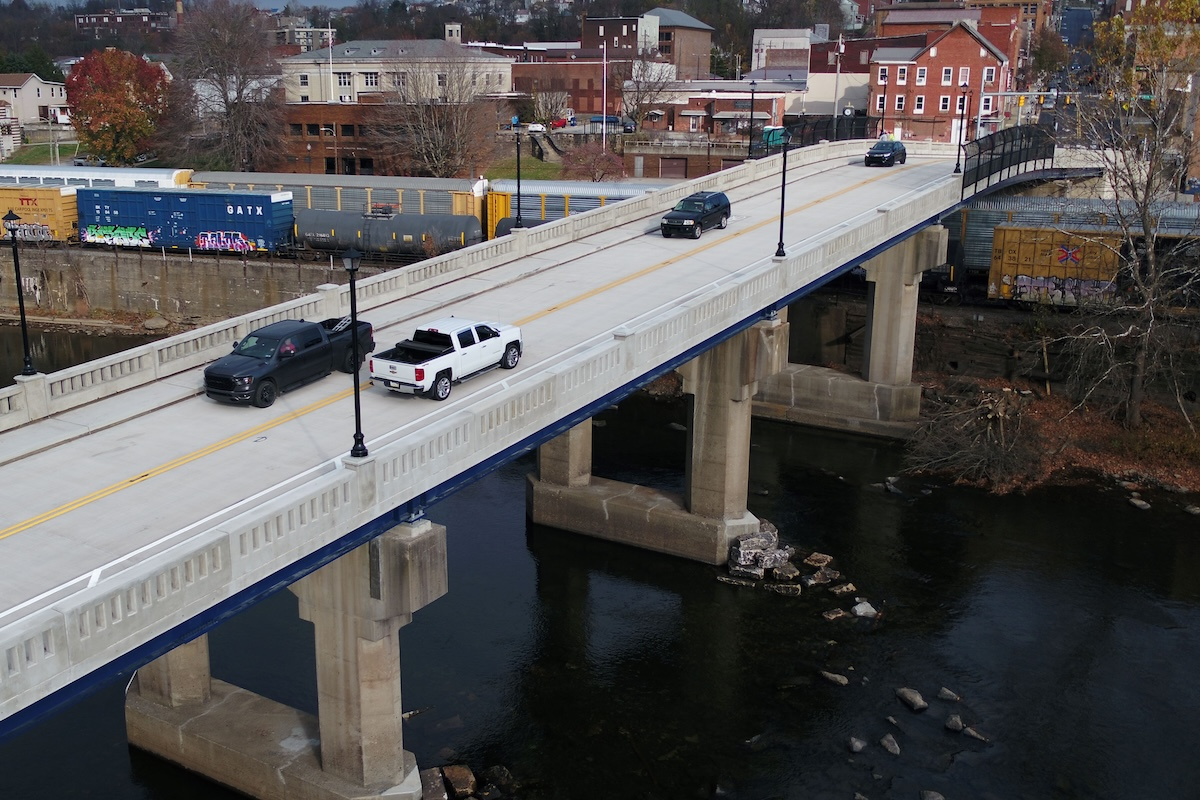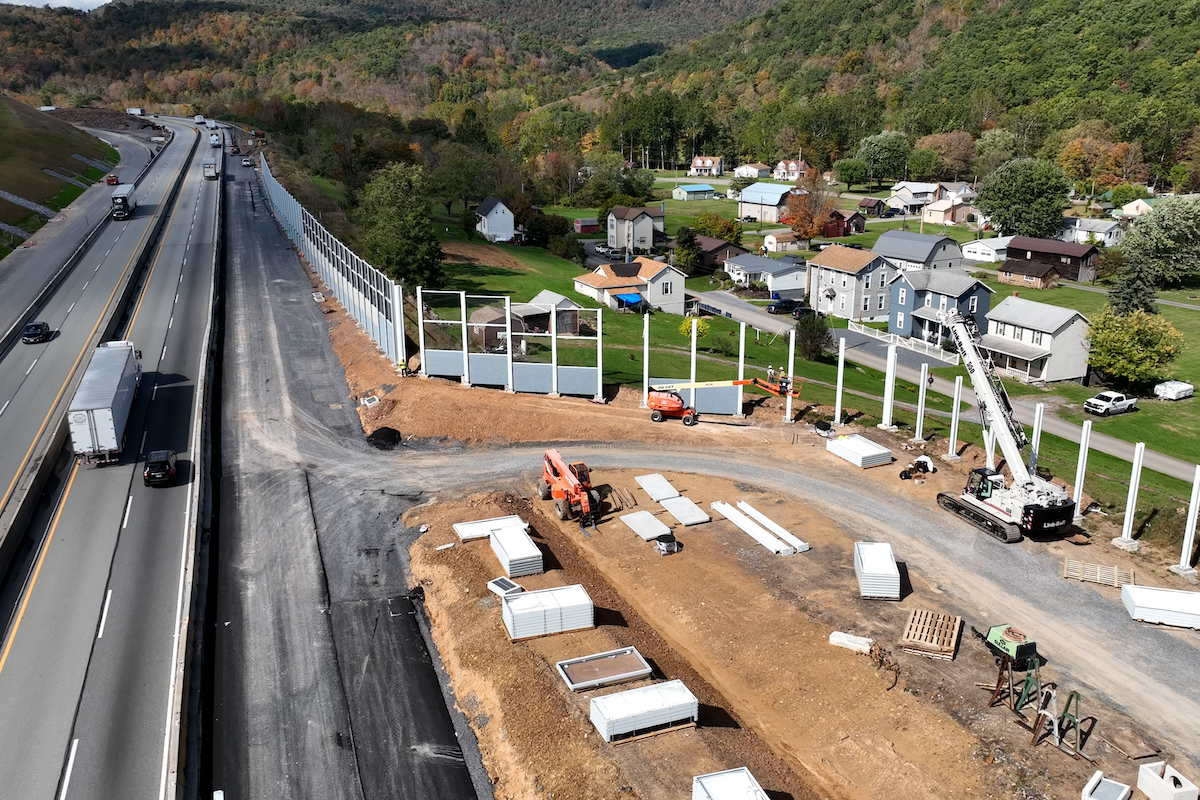“The interchange sits just south of a large shopping center and adjacent to many eateries, commercial developments, schools, and businesses,” says Katelyn Turner, a Spokesperson for the Southwest Region of the Alabama Department of Transportation (ALDOT). “It carries a lot of commuter traffic each day, year-round and the buildup of left-turning traffic onto the interstate adds to this congestion.”
More than 47,000 vehicles travel on the road daily. The interchange is located next to Mobile Bay and about an hour from the beach. It carries a large volume of local and tourist traffic, every day, all year.
The scope of the $7.3 million project includes widening each of the ramps at SR 181 and I-10, widening a portion of SR 181 from U.S. 90 to the Eastern Shore Shopping Center, installing storm drains throughout the work zone, paving with asphalt, retrofitting bridge guard rail, installing permanent traffic signals at I-10 and other work items.
“While the design is new to the state, it requires work our department is already familiar with, such as widening, paving, performing drainage installation and so forth,” Turner says. “The drainage on this project is traditional drainage structures, such as reinforced concrete pipes and junction boxes for stormwater conveyance,” she explains. “Filtration beds and ponds are not being used due to limited right of way, since we are widening a current road within the current footprint and updating, tying in to current drainage infrastructure.”

| Your local Trimble Construction Division dealer |
|---|
| SITECH Allegheny |
| SITECH Northeast |
ALDOT Design Bureau engineered the project in house, after researching designs from other states with diverging diamond interchanges, also known as a double crossover diamond.
With a diverging diamond interchange, traffic flows to the left side of the road between the interchange on-ramps, so vehicles do not need to turn across traffic, reducing potential crashes, and those that do occur are generally of lower severity than motor vehicle accidents at conventional interchanges, Turner says. It also provides better sight distance at turns.
“The improved traffic flow efficiency with fewer conflict points is proven to reduce congestion and crashes as well as increase safety of motorists,” she continues.
The first diverging diamond in the United States opened in 2009 in Springfield, Missouri. The Federal Highway Administration (FHWA) reports that a diverging diamond interchange reduces conflict points by nearly half and eliminates the most severe motor vehicle accidents, based on data from the Missouri Department of Transportation. In the first year after Missouri built its initial diverging diamond, left-turn crashes were eliminated, compared with the five-year average from before the diverging diamond intersection opened. Total accidents declined 46 percent. Right angle crashes decreased 72 percent, rear-end crashes dropped 29 percent.
A separate study found delays declined between 15 percent and 60 percent after an intersection was changed to a diverging diamond. It also resulted in a 10 percent to 30 percent increase in throughput.

| Your local Trimble Construction Division dealer |
|---|
| SITECH Allegheny |
| SITECH Northeast |
Diverging diamond interchanges also present benefits to pedestrians, with simpler crosswalks and fewer lanes to walk across. Another benefit, according to the FHWA, is that construction of a diverging diamond interchange costs as much as 75 percent less to build than a conventional diamond or single-point interchange. They also take up less room, reducing the need for additional right-of-way.
ATS/American, a division of American Consulting Professionals, in Wesley Chapel, Florida, reports that nearly all states have built diverging diamond interchanges. Exceptions include North Dakota, Connecticut, and New Jersey.
The company began construction on the current diamond interchange in March 2019 with completion in 2020. Crews halted work during Christmas and New Year’s with activity resuming on January 7, 2020. Crews worked through the spring, following public health precautions during the coronavirus pandemic.
During construction, crews have shifted traffic at the interchange, using temporary signals. Alternating lane closures take place from 9 a.m. to 4 p.m.
“Work done on SR-181 to reconfigure the interchange for the traffic shift must be done under live traffic,” says Aaron Gilley, ALDOT Project Manager, with the consulting firm Michael Baker International. “This work requires frequent alternating lane closures, which sometimes causes an increase of unavoidable congestion in the area. The interchange is heavily traveled by locals and tourists at all times of the day, so at times, it can feel tight for both motorists and crews on the roadway.”

| Your local Trimble Construction Division dealer |
|---|
| SITECH Allegheny |
| SITECH Northeast |
ALDOT has put additional work zone safety measures into place to address the challenges of constructing the diverging diamond intersection while traffic is moving through the area. First, press releases and social media posts on the ALDOT Southwest Region Twitter account notify drivers in advance of traffic shifts to give them the option of selecting an alternate route. Additional traffic control, signage and message boards are put in place along the road and in the work zone to protect motorists and workers. Traffic signals, pavement markings and concrete barrier rails serve as physical blocks to prevent motorists from driving on the wrong side of the road.
“Converting traffic into a new configuration will be somewhat of a newer challenge for our engineers,” Turner says. “There is a lot more coordination and work required when swapping from the existing traffic pattern to the new configuration and doing so in a safe manner for the workers and traveling public.”
When the project finishes this year, drivers will experience a safer and smoother flowing interchange.
“We are proud to construct the first diverging diamond interchange in the State of Alabama, using a design that was created from our Design Bureau and implemented under live traffic,” Turner says.




